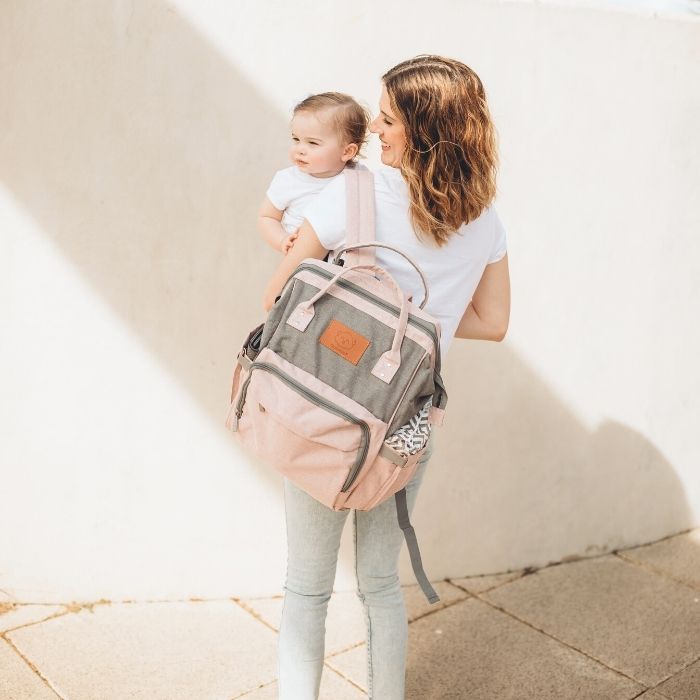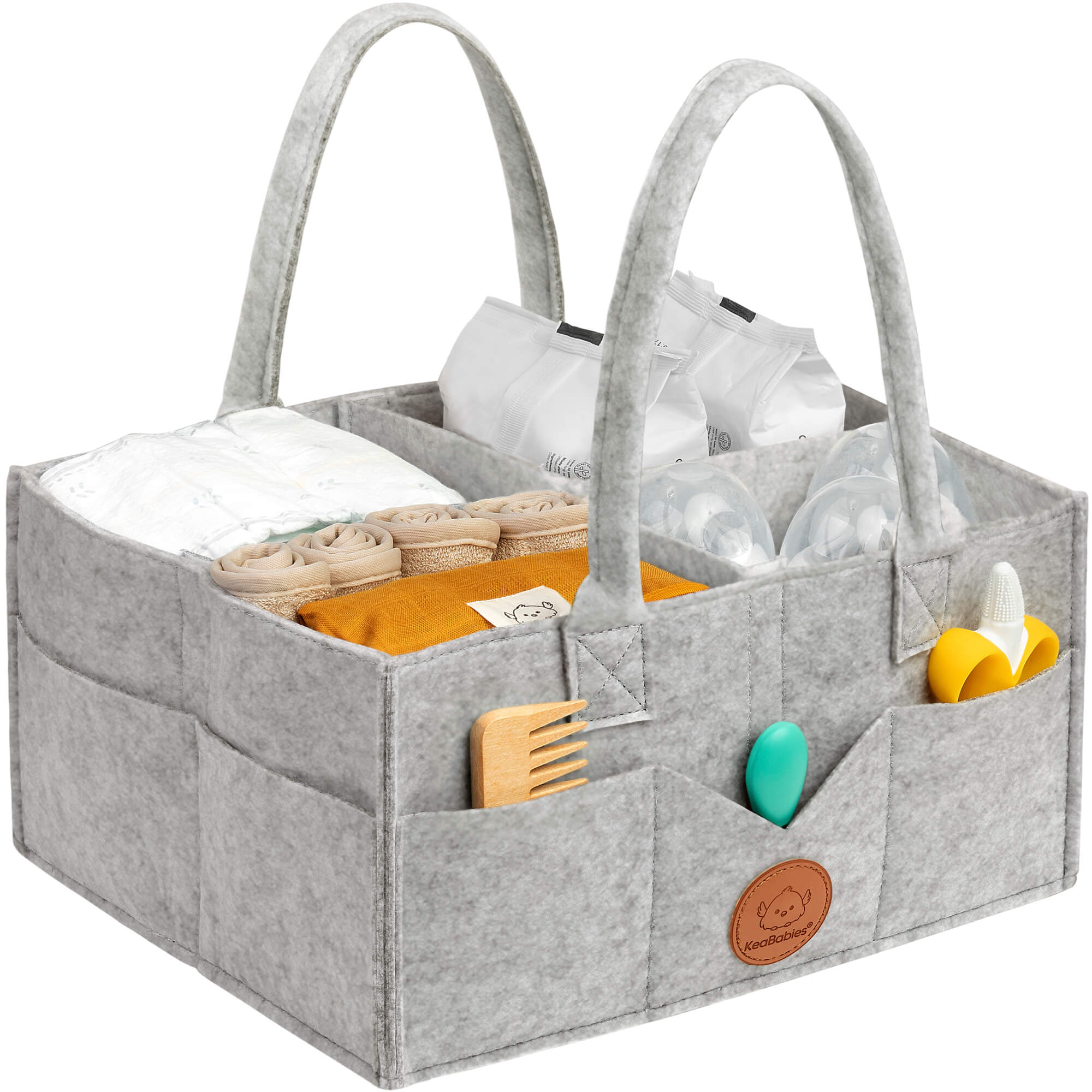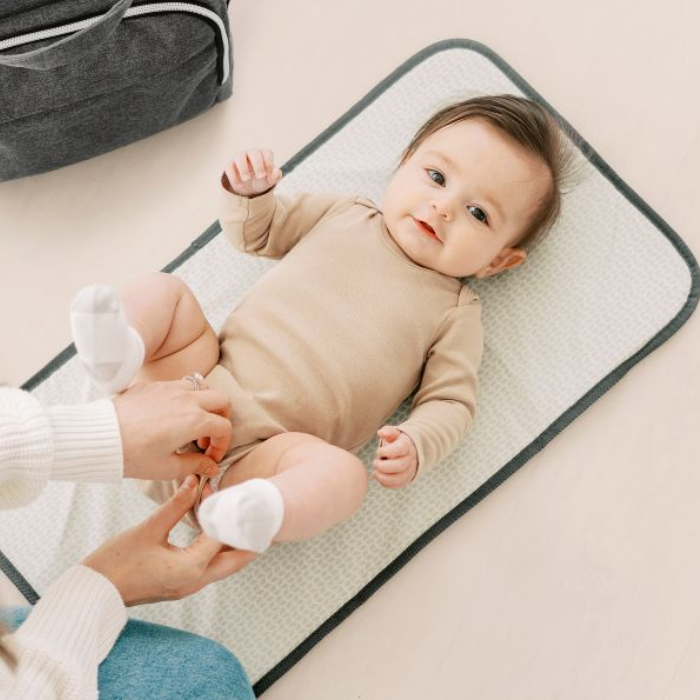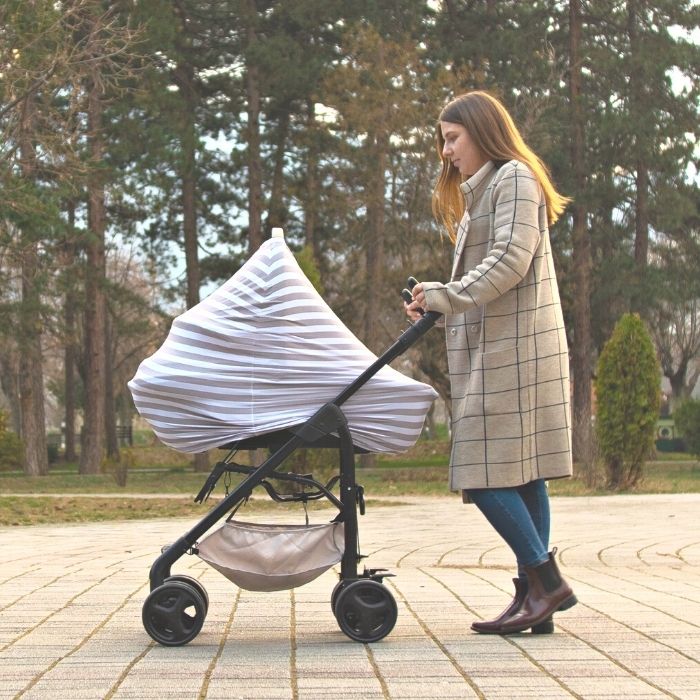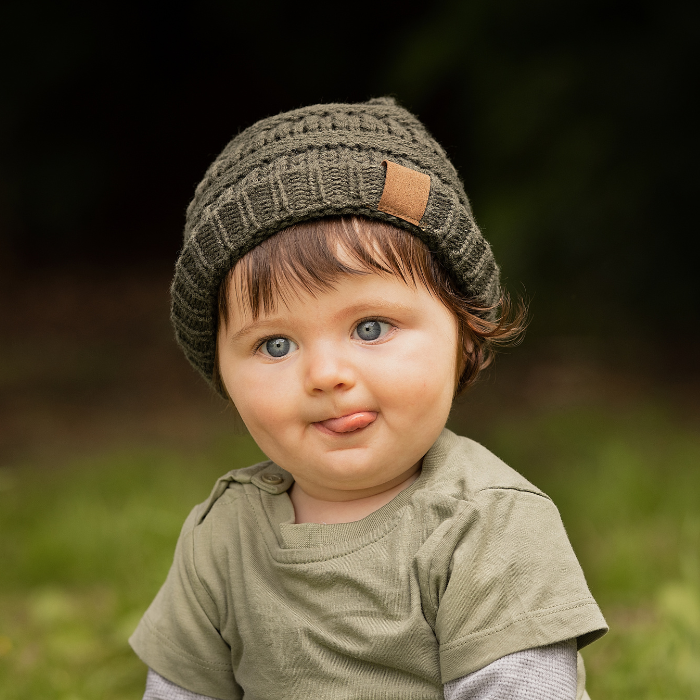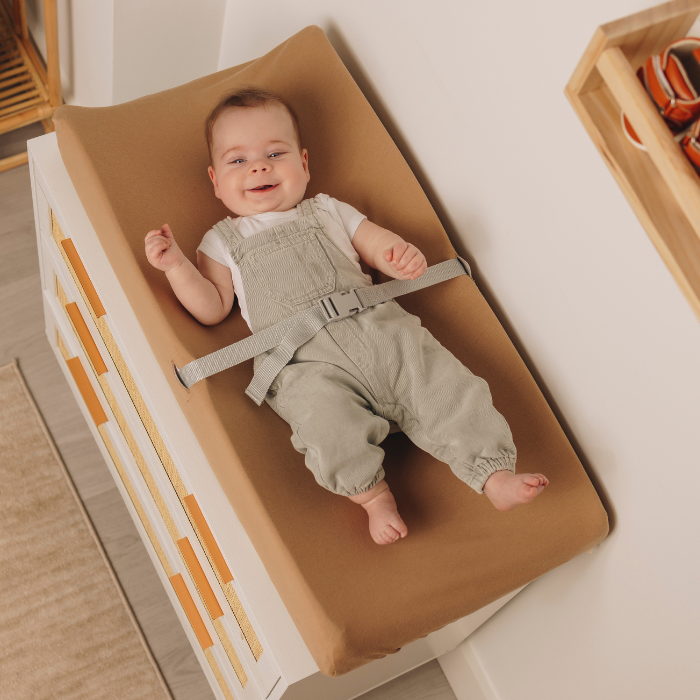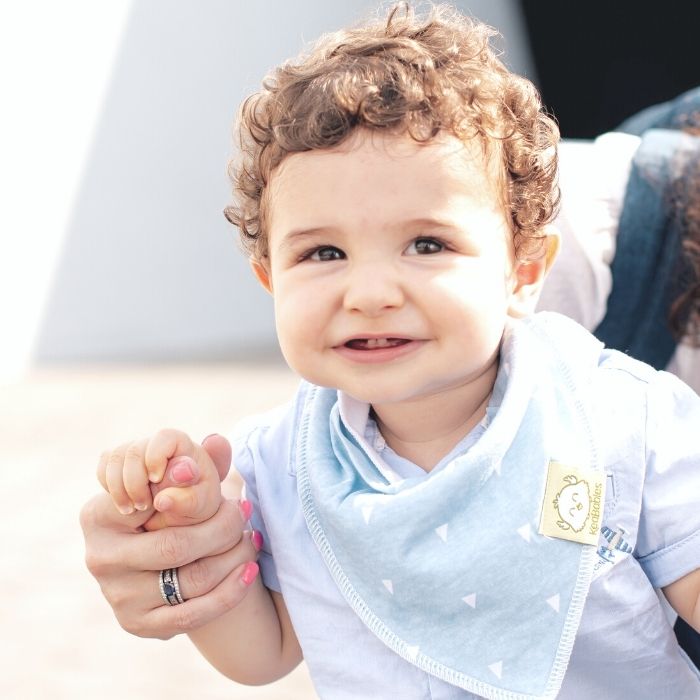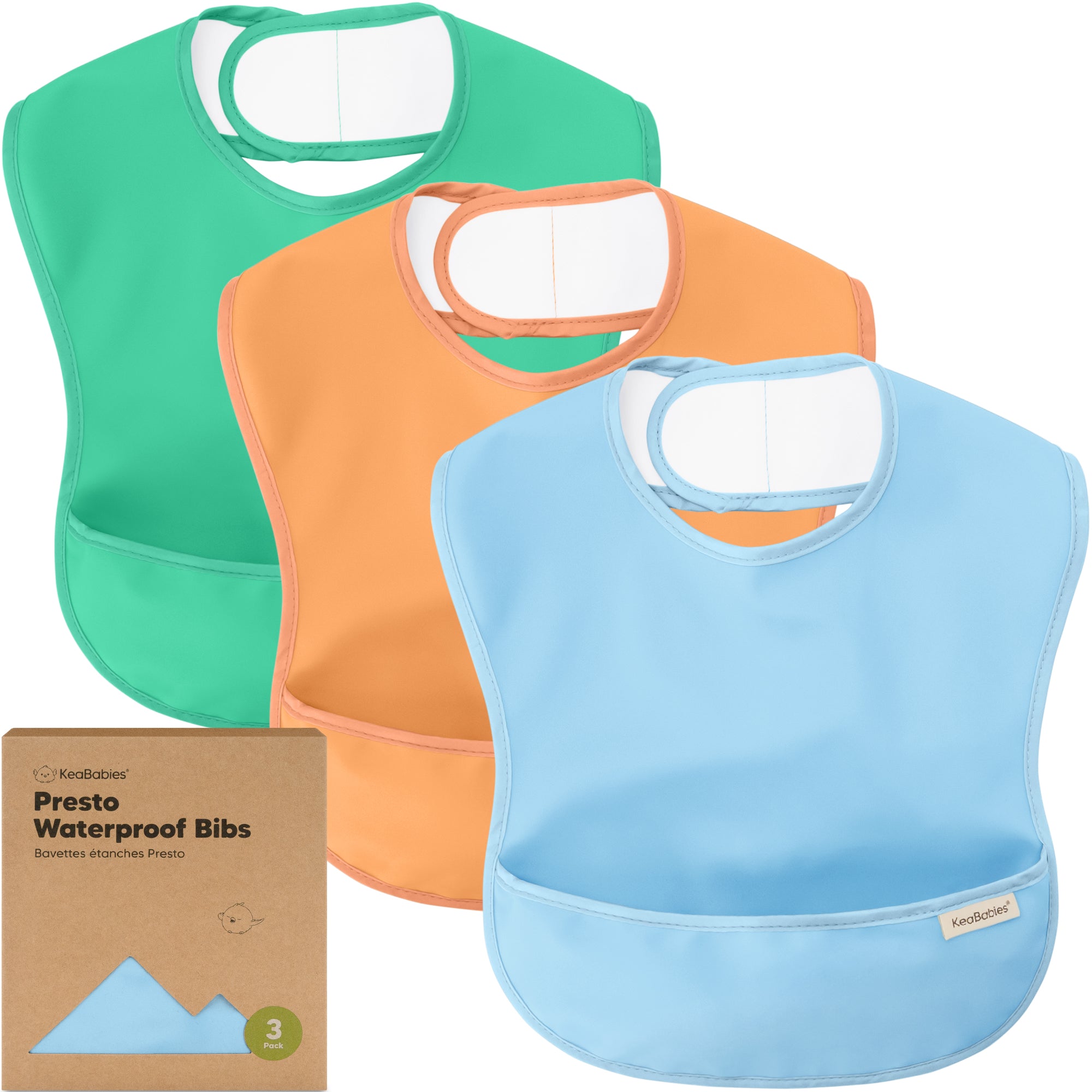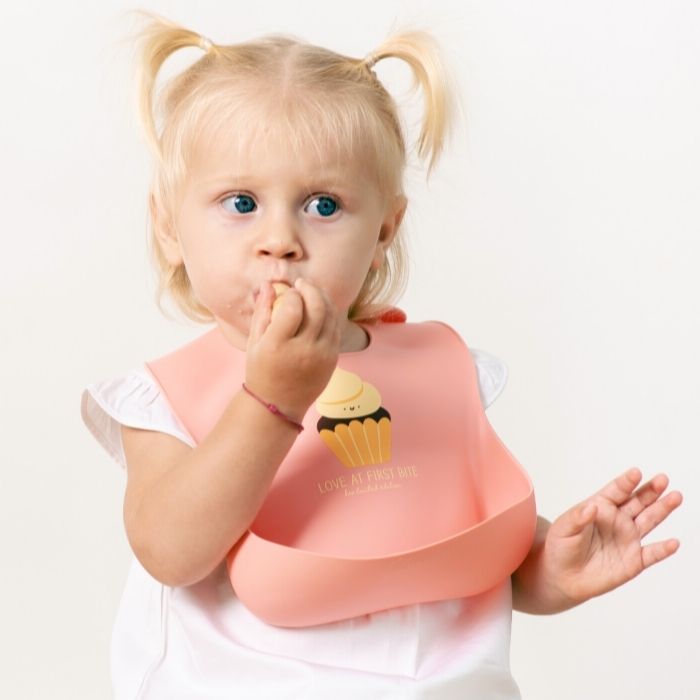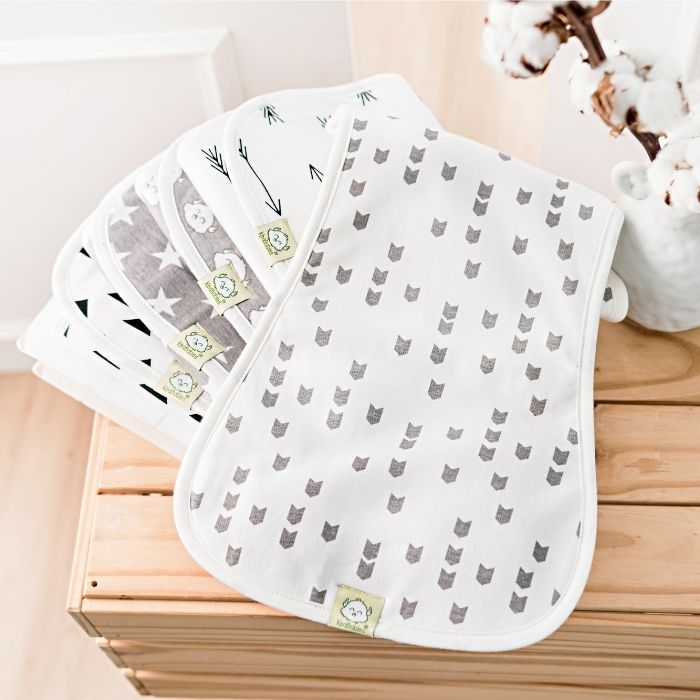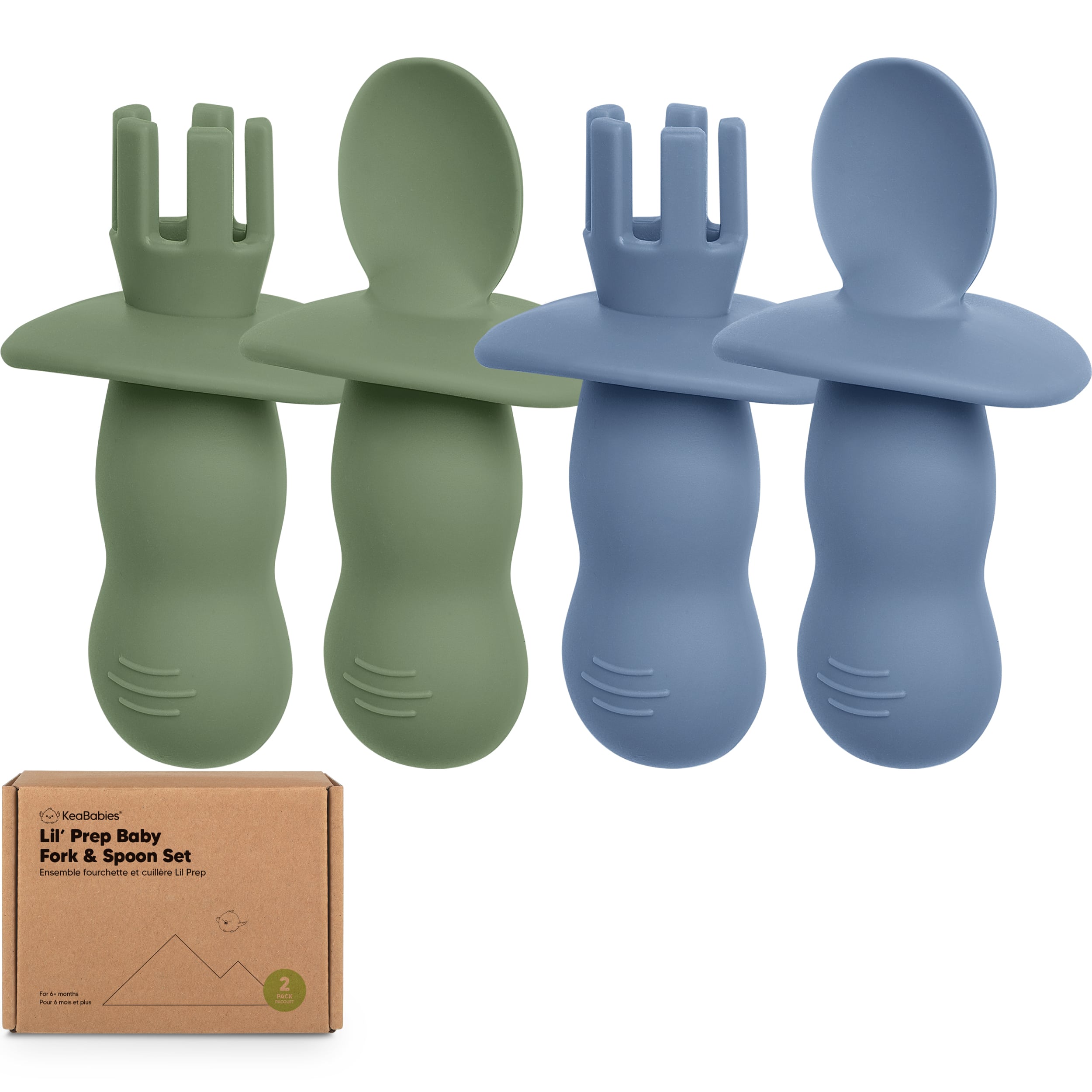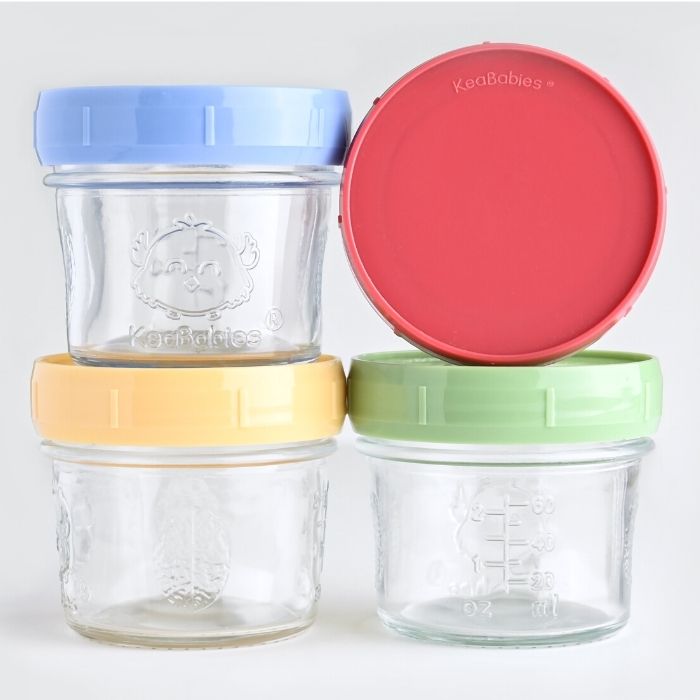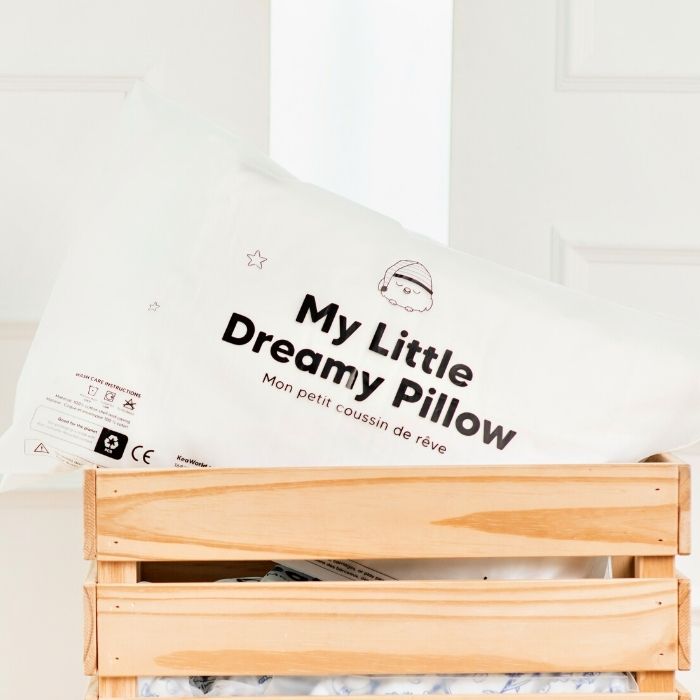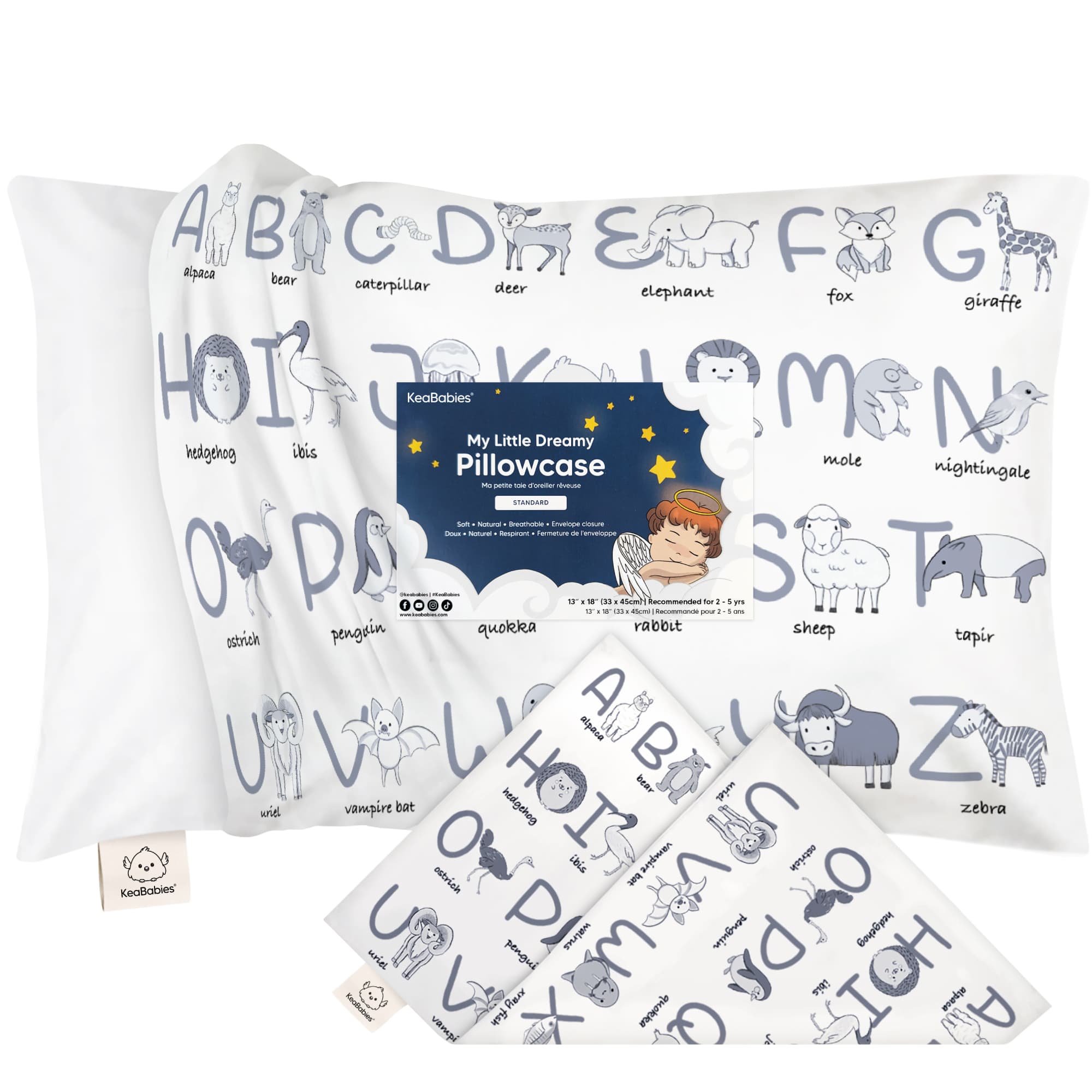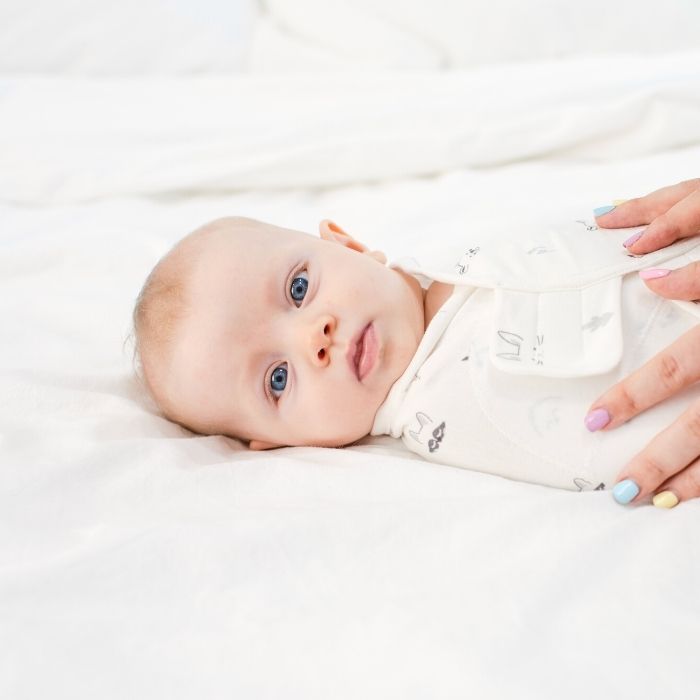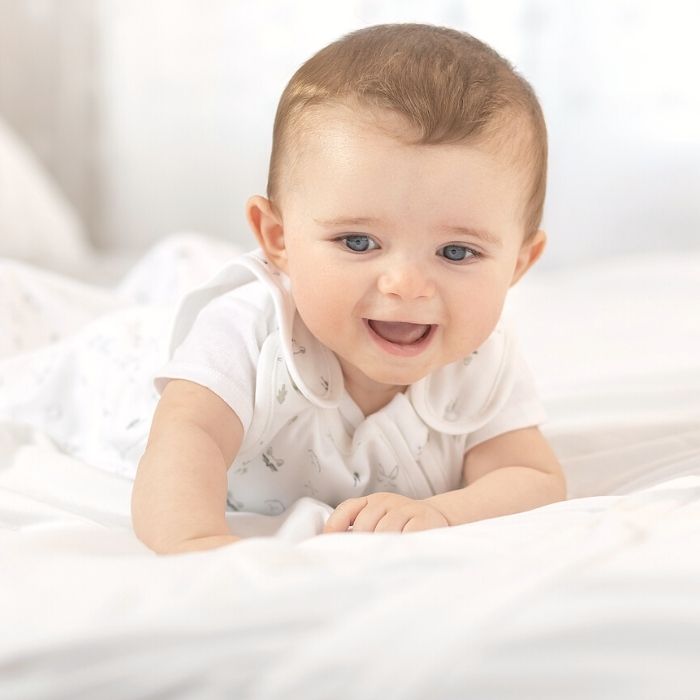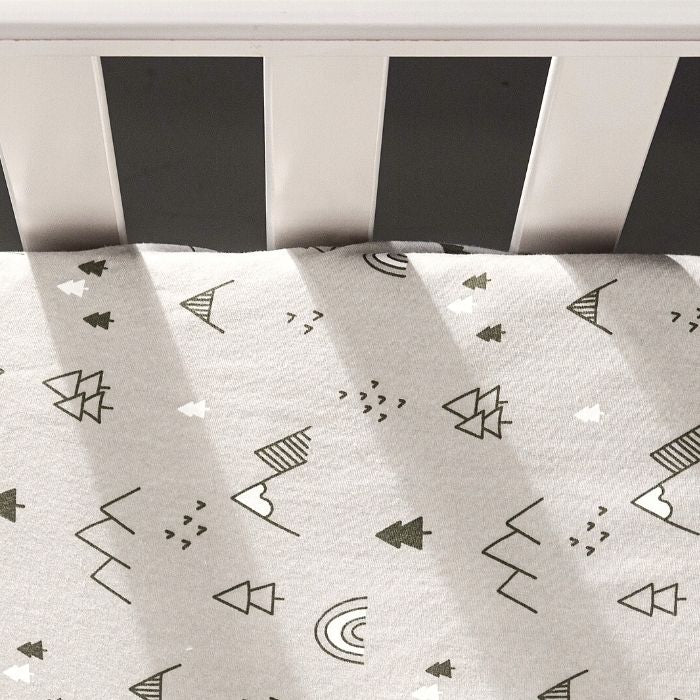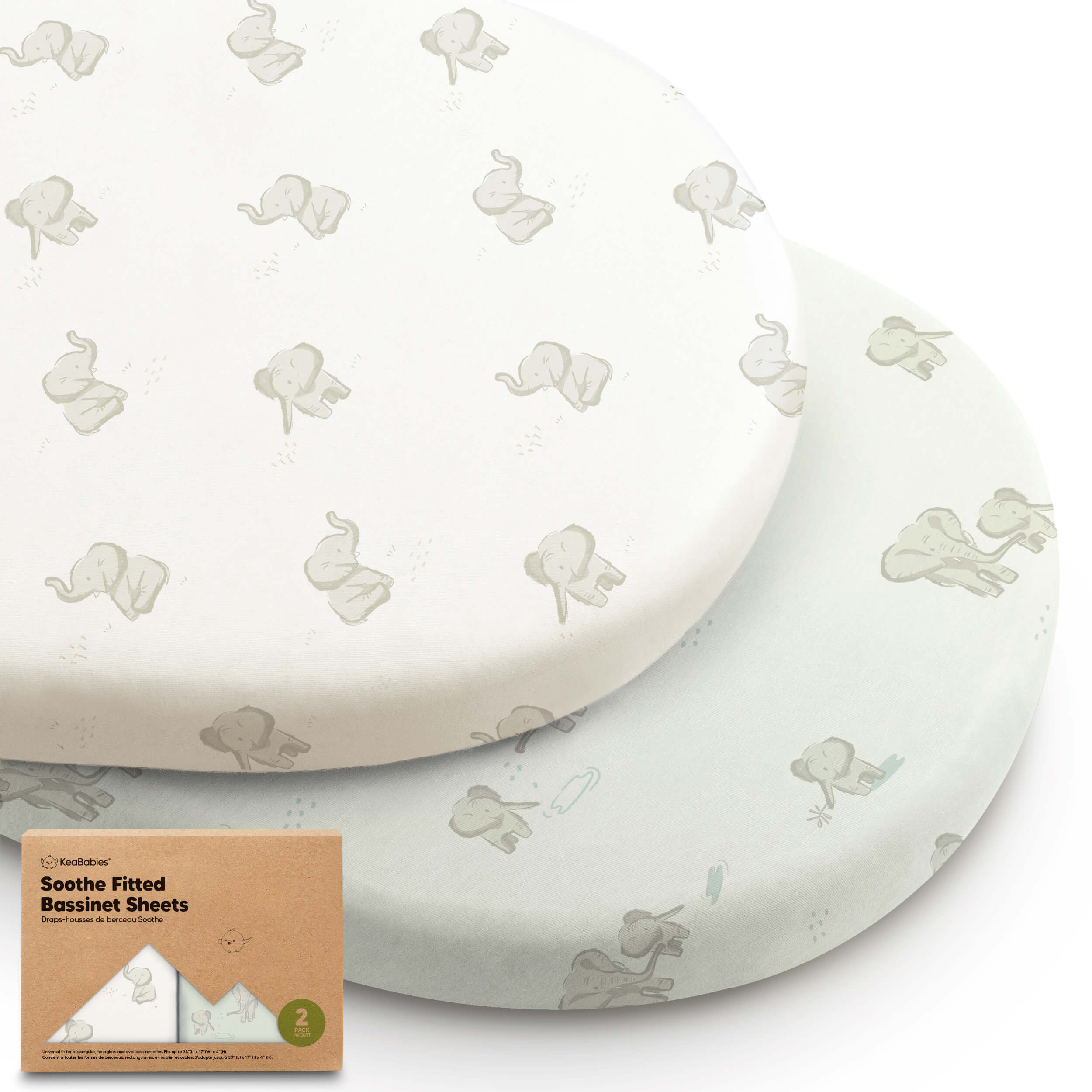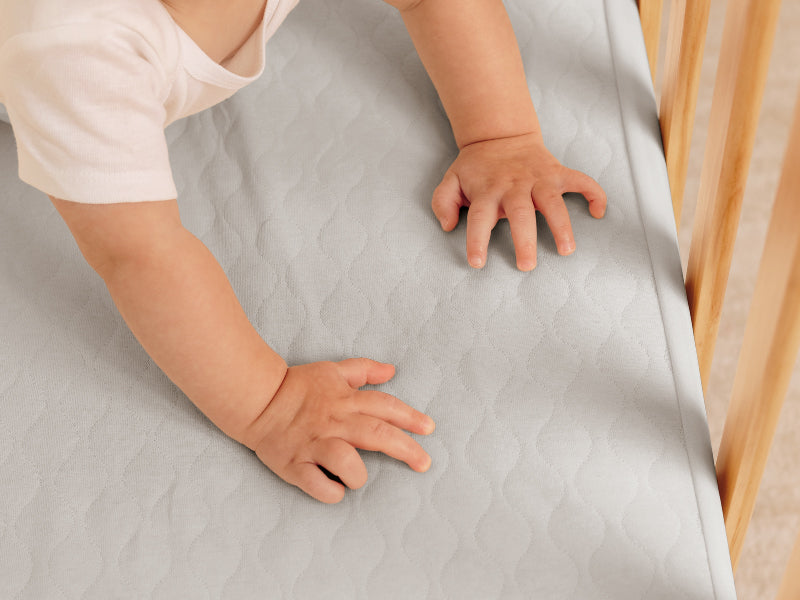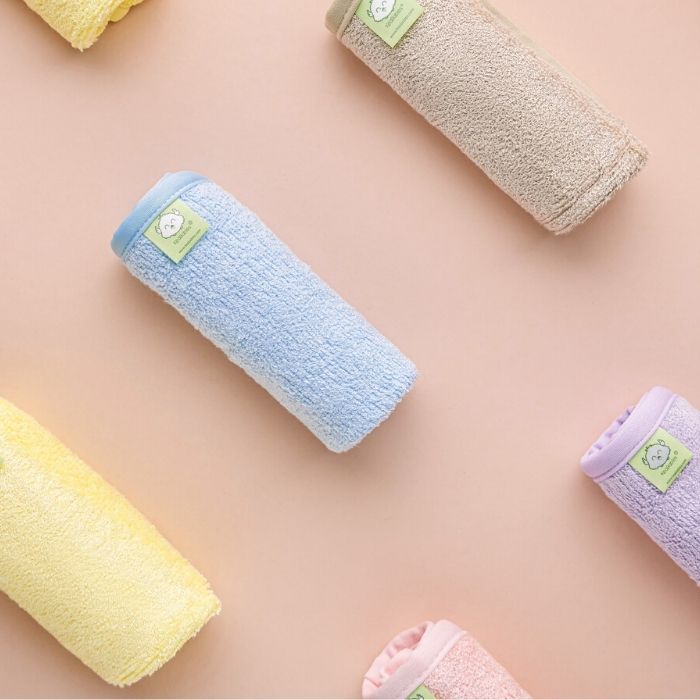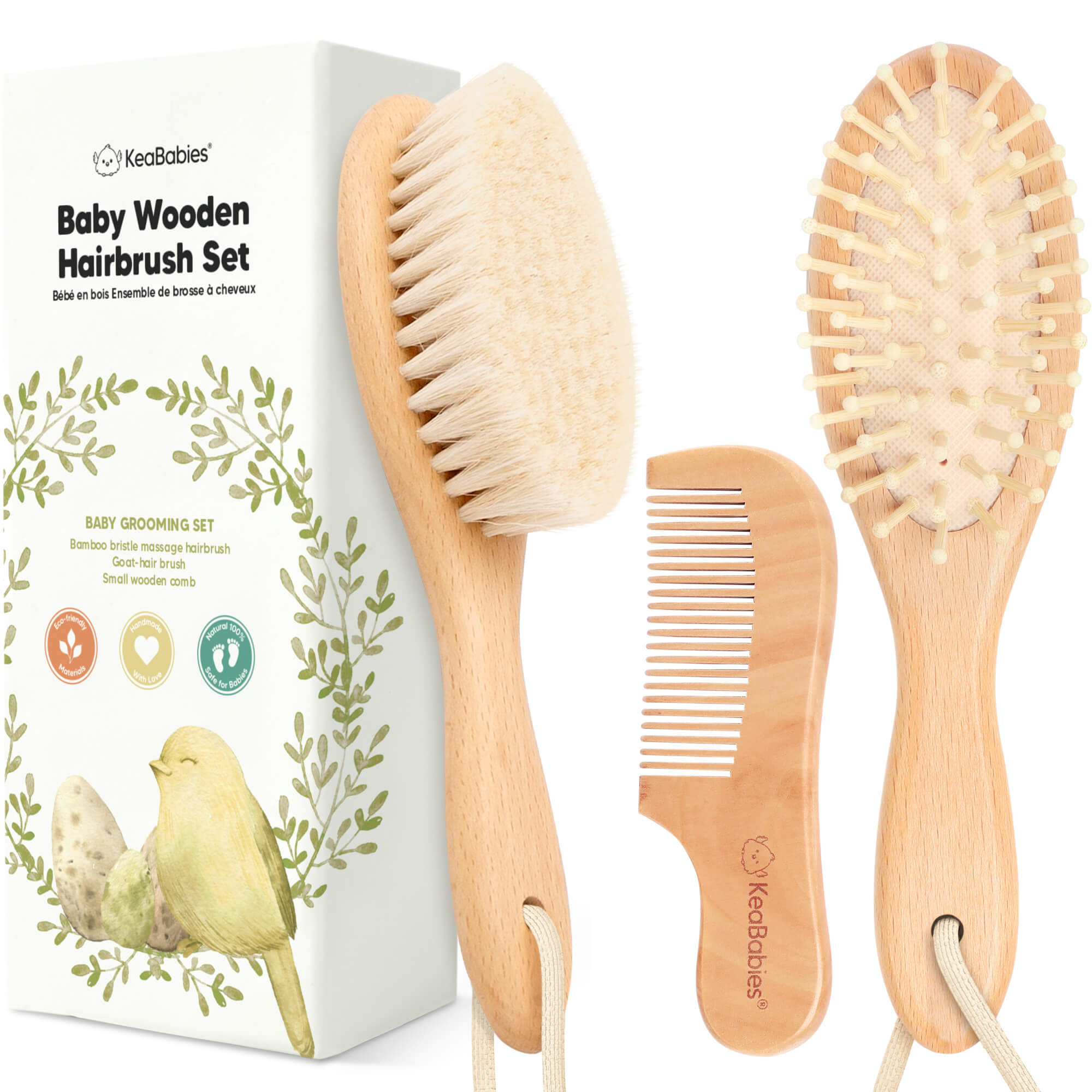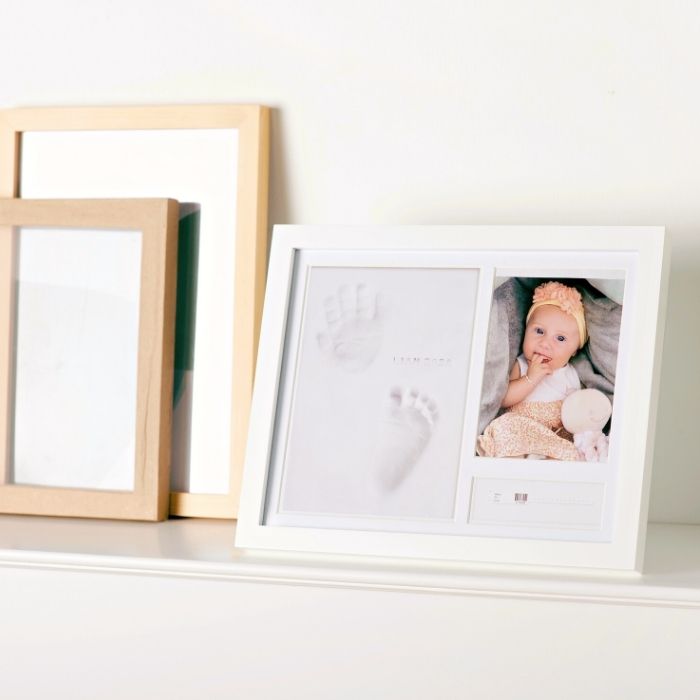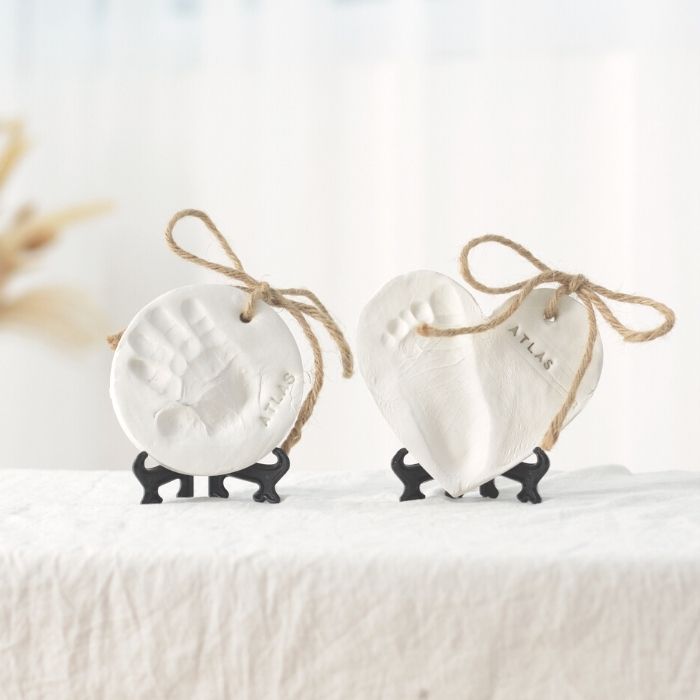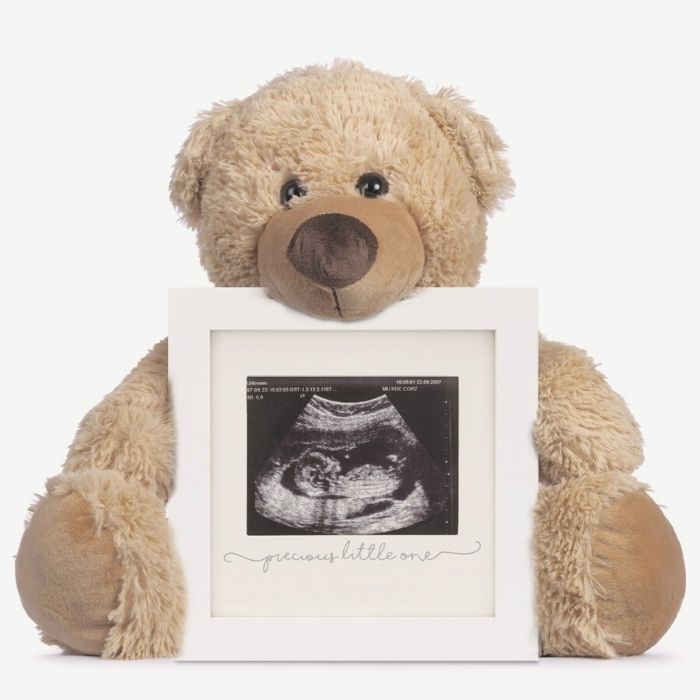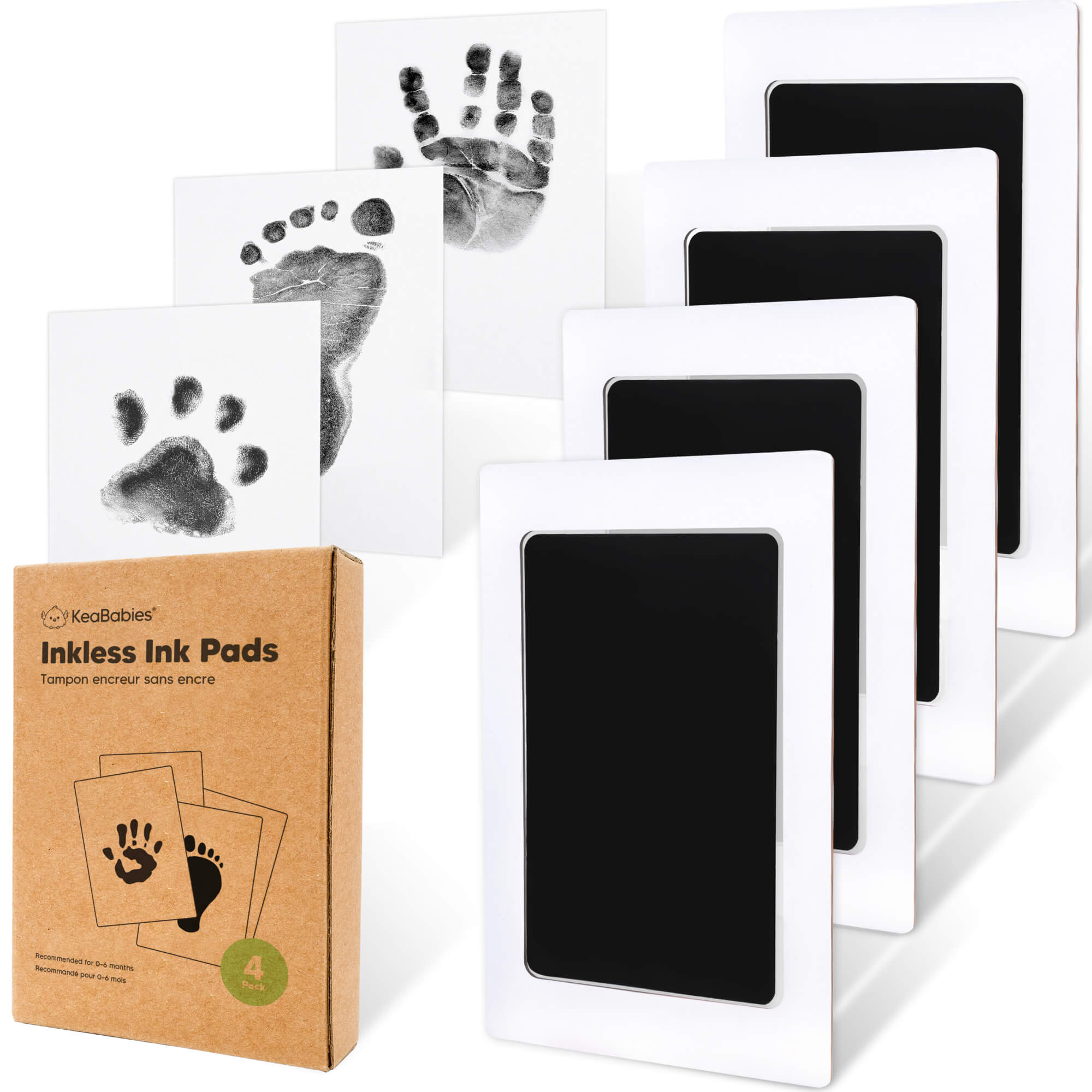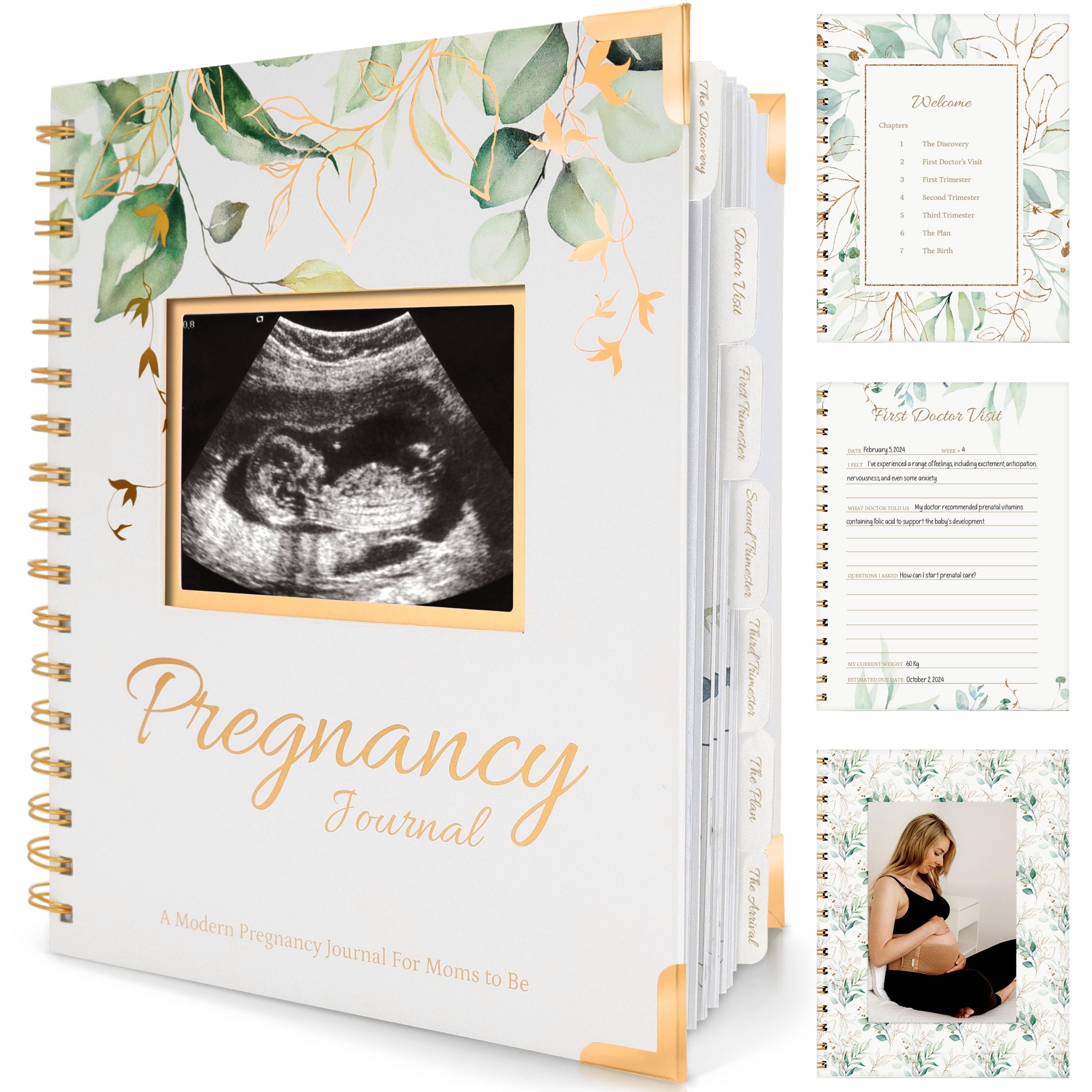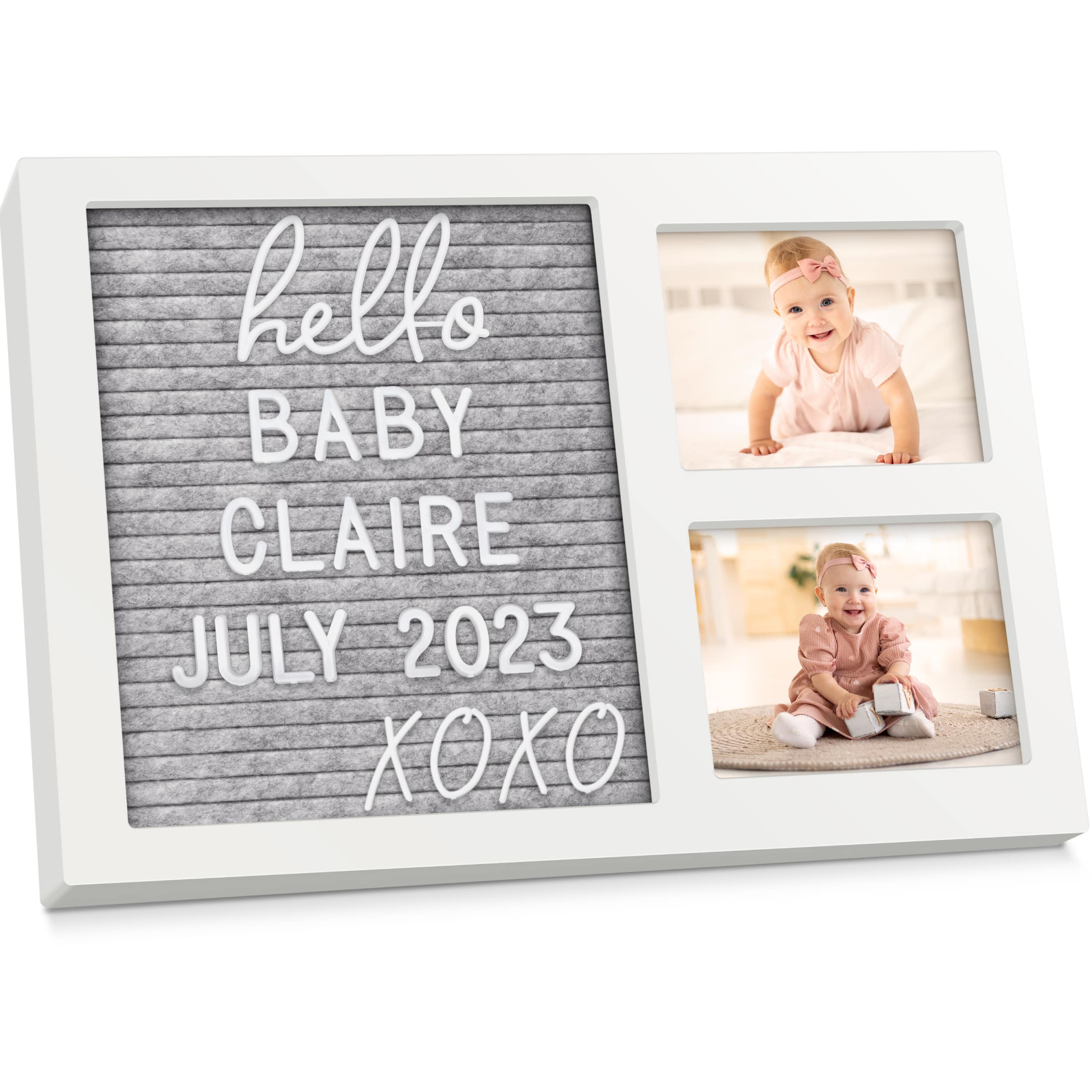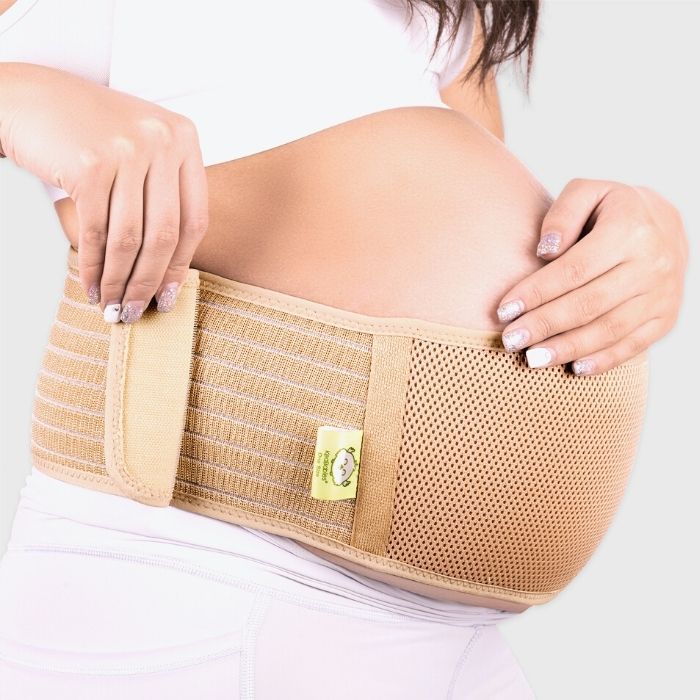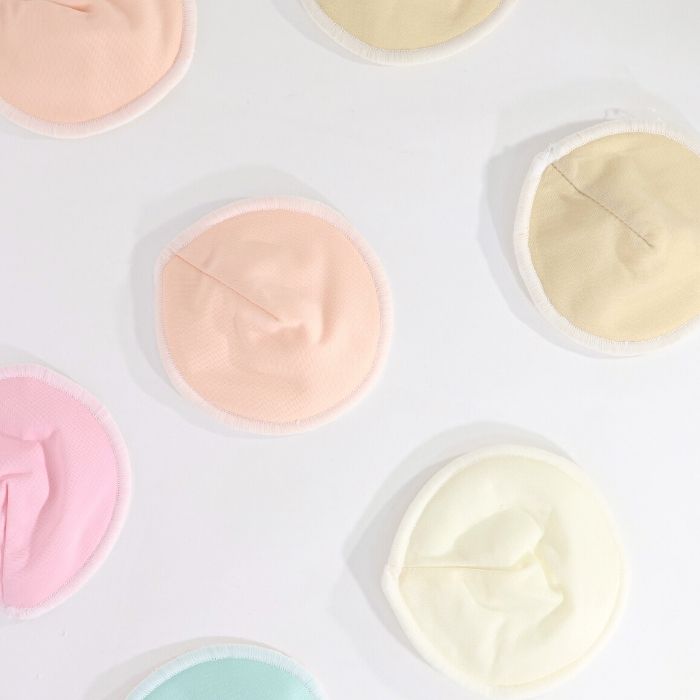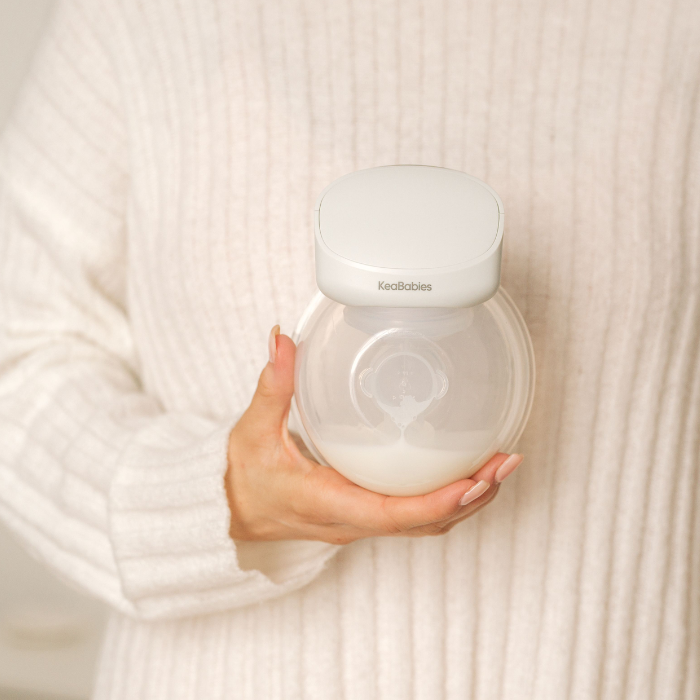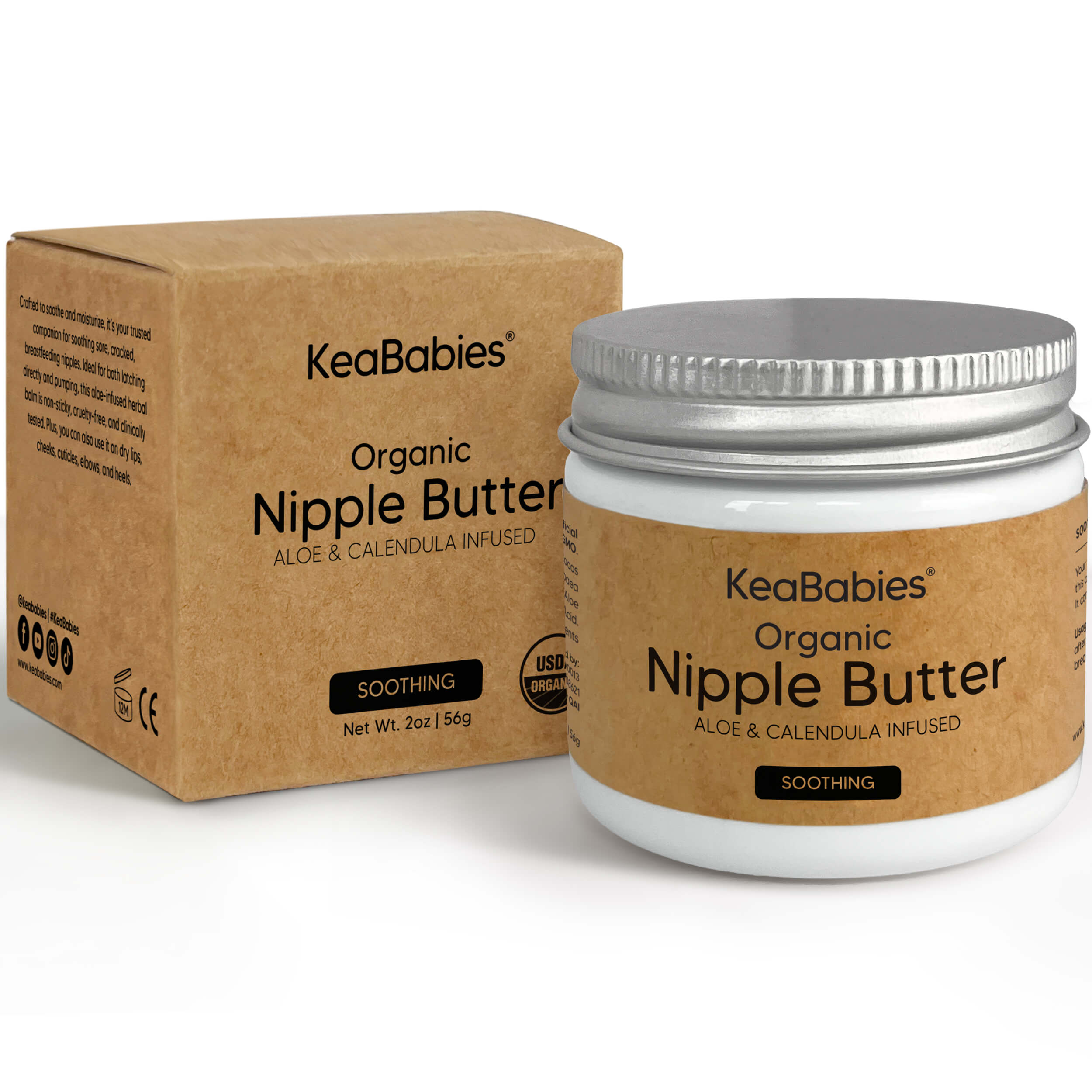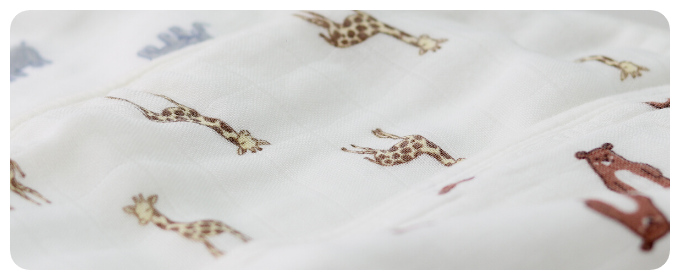
Essential Practical Tips for Baby Grooming Care You Need to Know
Taking care of an infant might seem complicated, but it doesn't have to be! From their tiny fingers and nails, to their sensitive skin, to their ultra-soft hair, babies need special care. Read on to learn all about how to care for your baby in the early months of life.
Summary
Baby grooming goes beyond the basics, especially in colder weather when dryness, irritation, and teething are more common. Gentle care routines include bathing no more than three times a week, keeping the umbilical area clean and dry, using hypoallergenic skin products, and brushing with soft tools to manage cradle cap or baby acne. Parents should trim nails weekly with baby clippers or files to prevent scratches and establish consistent grooming routines for comfort and security. Common challenges like diaper rash, cradle cap, and baby acne can be managed with safe products and gentle techniques. With the right tools, calm routines, and confidence, baby grooming becomes a manageable and positive bonding experience.
Hair care, nail trimming, teeth brushing, and more: baby grooming requires a little more than just the basics. As we shift into colder weather, when dryness, irritation, and even teething discomfort are more common, it's important for caregivers to take extra special care of their little ones. Check out our practical, gentle tips all families can do at home, such as how often to wash a baby’s hair, safe ways to trim tiny nails, when and how to start oral care, and choosing moisturizers or balms for sensitive skin. You can come up with new routines without making them complicated this season.
Caring For Little Bodies: Introduction to Baby Grooming
Newborn grooming can be overwhelming for parents caring for a baby’s delicate skin! This guide will cover essential tools, like finding the perfect brush and using safe baby nail clippers for gentle care. Learning gentle techniques and calming routines can make grooming positive for your baby.
All parents can benefit from confidence to handle issues like cradle cap and messy post-milk moments. Understanding baby grooming essentials helps caregivers provide the best care for their newborn.
Step 1: The Bath Time Routine
Although bath time can be fun, try to bathe your baby no more than three times a week to avoid drying out your infant’s skin. Only give sponge baths until their umbilical cord stump falls off, which can take up to three weeks after delivery. Use a damp wash cloth to wipe away any small messes after meal time or changing.
Use warm water and a cozy, soft towel to gently pat your baby’s skin dry after bath time. Clean your baby’s face gently with a damp cloth, washing their eyes first, then face, head, ears, neck, and between fingers and toes. Don't forget to rinse their diaper area too, to avoid a painful diaper rash.
Avoid direct sun exposure for babies under 6 months due to sensitive skin. Use a sun hat or stroller shade to keep direct sunlight off of your baby's face. If they are old enough to wear sunscreen, be sure to wash it off gently with warm water during bath time.
Newborn 101: Caring for the Umbilical Area
Typically, the umbilical cord stump falls off within a few weeks of delivery with no issues. Special umbilical cord care is needed for babies in the NICU or born prematurely. Always follow NICU guidelines to keep the cord clean and dry.
Monitor the cord area for signs of infection or delayed healing, such as redness, discharge, or swelling. Check in with your baby's care team if you worry about any issues with the cord stump.
Step 2: Skin Care and Hygiene
Use products designed for newborns to protect your baby’s delicate skin, such as gentle shampoo and mild soap. Always choose hypoallergenic, scent-free items to minimize irritation and prevent diaper rash. Use warm water in the tub, but not too hot. Newborns are sensitive to changing temperatures!
Avoid harsh materials that can damage sensitive newborn skin, and opt for a soft brush and soft clothes. When you do sponge baths in the first days or first few weeks, be sure to use soft materials that won't be too abrasive for newborn skin.
Monitor your baby’s skin regularly for any signs of problems, such as cradle cap or baby acne. While both of these are totally normal, using a special (child-safe) dandruff shampoo when you bathe your little one can help clear up dry patches. You can also massage oil into your baby's scalp before you bathe them to release dry flakes.
Tips for skin issues
Baby acne is another common issue with newborns, but it tends to clear up on its own over time. Chances are, it bothers you more than it bothers your little one. Just be sure to keep your baby's skin clean and dry, especially after you bathe them. Use a soft towel or washcloths like the KeaBabies Deluxe Baby Washcloths and KeaBabies Cami Baby Washcloths to wipe dry your baby's neck, ears, nose, face, arms, and legs when they get out of the tub.
Keep the umbilical area clean and dry to prevent infection. The umbilical cord stump falls off around 2-3 weeks after birth, and it is important that you don't do an immersion bath until this happens.
Step 3: Caring For Your Little One's Luscious Locks
Infants are born with varying amounts of hair - some are born bald, and some have as much as older babies and toddlers! Use gentle baby shampoo for newborn hair care, and avoid using regular shampoo.
Brush your baby’s hair gently with a soft-bristle baby brush to keep the scalp healthy and soothe your baby. For newborns, you can gently rub the scalp with a soft cloth during bath time to remove cradle cap flakes.
Keep your infant’s locks clean and dry to prevent irritation and infection. Don't scrub their scalp too hard when you bathe them. Be sure to use gentle soap only, and keep it out of their eyes when they're in the tub. Although many parents include it in the bedtime routine, you don't need to give a baby a bath every day. Unless they are dirty, or need a bath to calm down and get ready for sleep, you can bathe them every few days. The combination of dry air as we enter the fall and winter months, and too-frequent bathing, can easily dry out your baby's skin and hair.
Use a fluffy towel to gently pat your baby’s hair dry after bath time.
Step 4: Nail Care for Babies
Baby nails grow fast! Trim your baby’s nails once or twice a week using baby nail clippers or a baby nail file to prevent scratches. You can also use an electric nail file designed for babies for added comfort and security.
As your baby develops, they get more wiggly, which can make nail cutting harder. Use a nail file when your baby is calm (or nursing or sleeping!) for safe care. Keep your baby’s nails short to prevent them from scratching their face, or use baby mittens during sleep to protect their skin from scratches. Avoid cutting their nails when they are too restless and active.
Although some parents swear by it, it is best to avoid biting your baby’s nails. This can prevent infection.
Establishing a Routine
Set consistent times for bath time, nail trimming, and brushing to build familiarity and establish a routine. A predictable schedule creates security for your baby and helps them develop a sense of trust.
Incorporate play with bath toys or songs to make grooming enjoyable and fun for your baby. Keeping the routine gentle and calm can soothe them and prevent stress, especially for tricky moments like cutting fingernails or brushing tangled hair.
Tips for Modern Parents
New parents often feel nervous about baby grooming tasks like baths and nail trimming. Don’t be afraid to ask family or friends for help during grooming sessions! It's okay to feel unsure in the beginning. Caring for infants is hard work!
Confident, well-rested parents are better equipped for newborn grooming challenges. Don't feel guilty for reaching out for help!
Common Baby Grooming Challenges
To ease any worry, here are some solutions to common challenges when it comes to caring for your infant's body:
Cradle cap appears as dry, flaky scalp skin in newborns and can be treated with gentle baby-safe oil. Using a mild soap or baby shampoo in the bath can help, and avoid scratching their scalp. Gently rub your baby's head, combing out any flakes that you see. Use a soft brush or comb like the KeaBabies Baby Hair Brush and Comb Set.
Diaper rash is common in babies; use barrier creams like Vaseline or a diaper rash cream like Desitin and change diapers every 3-4 hours. Using a changing table can be helpful, but any flat surface will do, as long as your baby is supervised at all times during diaper changes. Clean their skin, and then gently apply a good amount of cream to the affected area. Air dry if possible!
Baby acne is very common. Do not pick or squeeze the bumps, and consult a pediatrician if acne worsens or turns into red pustules.
Keep your baby’s skin clean, dry, and use irritant-free products to prevent rashes. Monitor your baby’s skin regularly for any signs of issues or abnormalities.
You got this, moms and dads!
Newborn grooming becomes manageable over time with the right tools and gentle techniques. Focus on using safe, essential products rather than trendy, heavily scented items. Establish a calm, consistent routine to keep your little one comfortable, clean, and carefree. Don't forget to enjoy these bonding moments and celebrate small milestones! Remember, baby grooming is an essential part of newborn care, and with the right tips and products, you can provide the best care for your baby.
|
|
Meet Our KeaMommy Contributor: Kaitlyn Torrez I’m Kaitlyn Torrez, from the San Francisco Bay Area. I live with my husband and two children, Roman and Logan. I’m a former preschool teacher, currently enjoying being a stay at home mom. I love all things writing, coffee, and chocolate. In my free time, I enjoy reading, blogging, and working out. |


